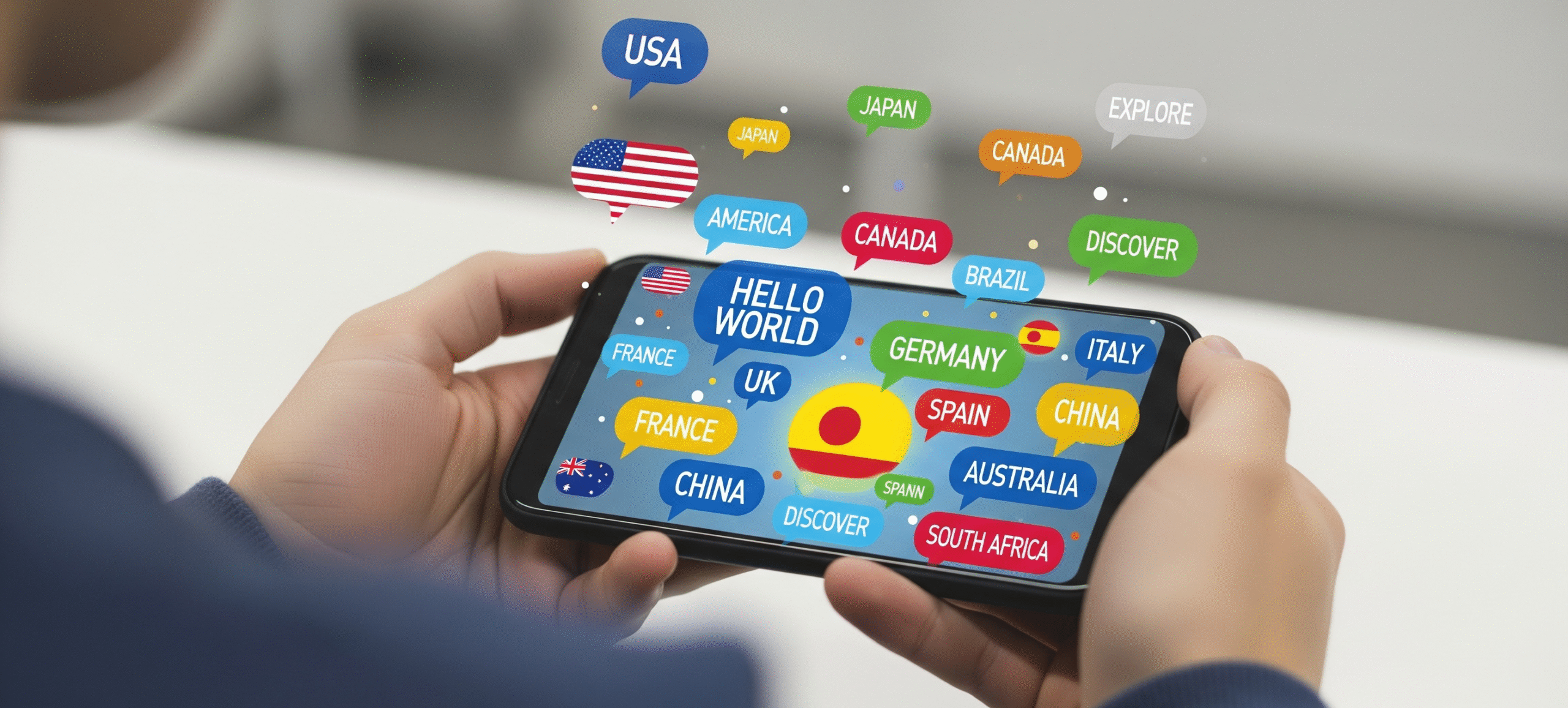Social Media Etiquette: What’s Normal in One Country but Weird in Another

Social media may feel universal, but how people use it changes a lot from country to country. What feels normal in one culture can seem confusing—or even rude—in another. Here are some fascinating differences you should know:
🇯🇵 Japan: Anonymous, Not Personal
Many Japanese users prefer cartoon avatars instead of real photos.
Sharing private details or family photos is seen as too personal.
In contrast, Western cultures often see real photos as more authentic.
🇺🇸 USA: Oversharing is Normal
Posting daily updates, family events, and even personal struggles is common.
Transparency is often linked with relatability.
In some cultures, this level of openness may feel like oversharing.
🇩🇪 Germany: Privacy Above All
Germans are cautious with personal data online.
Many avoid tagging locations or revealing private details.
Compared to the US or India, it might feel “cold,” but it’s a cultural respect for boundaries.
🇧🇷 Brazil: Social Media = Social Life
Brazilians use platforms like WhatsApp and Instagram as key parts of socializing.
Expect lots of group chats, emojis, and affectionate expressions.
In other cultures, this might seem overwhelming, but in Brazil it’s warmth.
🇮🇳 India: Community and Family First
Family photos, festivals, and group celebrations dominate feeds.
It’s common for relatives to comment actively, sometimes with advice or blessings.
Outsiders may see this as “too public,” but it reflects community closeness.
Final Takeaway
Social media etiquette isn’t one-size-fits-all. What’s polite or normal in your country might be unusual somewhere else. Understanding these differences helps us avoid misunderstandings—and reminds us that digital culture is just as diverse as real-world culture.